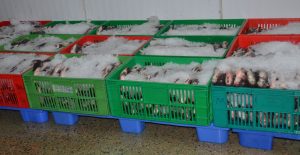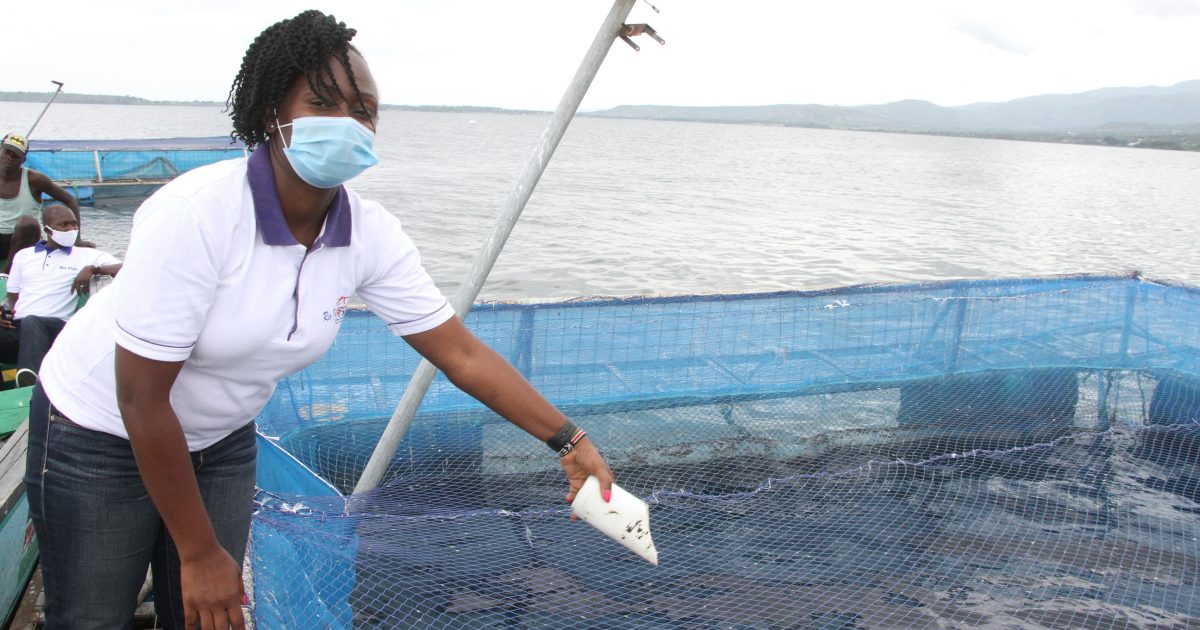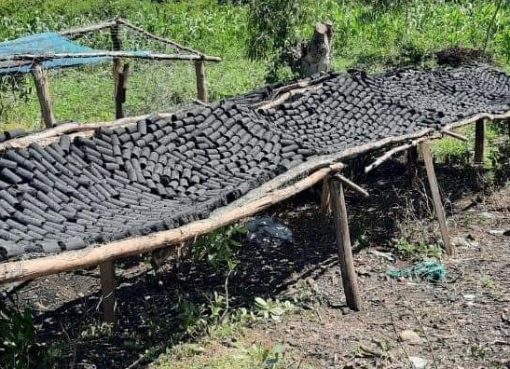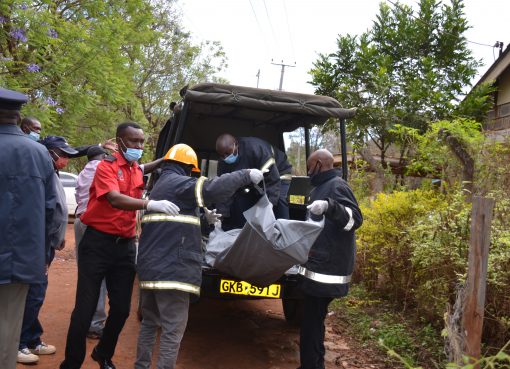Low fish stock in Lake Victoria has become a blessing in disguise as fish cage farming increases on the lake, that is expected to lead to high fish stock.
Experts argue that the current low fish stock in the lake is ironically not denting the sector’s economic growth, but is luring extra investments in form of fish cage farming, that will spur the supply needed and stabilise inflated fish prices.

Migori County Fisheries Technical Officer, Mr. Stanley Muloma, predicts that in the short term, the mushrooming private fish cages on the lake, would effectively increase fish supply in the market and prices will be stabilised.
“In the short term, there is going to be no problem of fish shortage. Dependable supplies will be available and capacity to produce more will be fulfilled through fish cages to meet demand in a comfortable way,” Muloma told KNA in an interview.
But he said low fish stock in L. Victoria, now at its lowest ebb ever, was helping to pull in fresh and crucial investments in form of fish cage growing and to a large extent, increase in fish pond production in villages.
“I don’t have any doubt that the many fish cages mushrooming in the Lake and the unwavering efforts being put by the government in growing fish pond production will bring the additional reserves and additional production in the next two to three years and even beyond,” he stated.
High demands for fish and the fast declining stock in L. Victoria, is already eliciting the urge for alternative fish production thus, the sprouting of fish cages business on the Lake and the efforts being made to promote fish pond production in the region.
Muloma explained that the private sector was at the forefront in embracing the alternative fish growing and production trend in the lake and last year alone, more than 20 new entrants plunged into the business.
It is estimated that there will be over 100 cage fish producers in the Lake by the end of this year on the side of Migori County alone.
“The promising business is today attracting most investors compared to those going into the Lake to fish with boats and fishing gears,” added the Officer.
The Fisheries Department in Migori has not waited for the situation to completely collapse to the point of not finding a single piece of fish in the market but has been doing everything possible to regenerate fish-stock in the Lake through other ways.
“We have been very, very aggressive in providing investment opportunities for companies and individuals who want to invest in producing fish through cages and ponds, by licensing them without introducing so many red-tapes,” said Mr. Muloma.
“We want to move fish production through caging to another level, where farmers grow fish with the intension of supplying to big industries, with huge capacities to create employment to Kenyans,” he said.
Lake Victoria currently hosts many cage fish farmers, all of who target fish factories in Nairobi, Mombasa and elsewhere in Kenya and outside Kenya, with their produce.
The move is to bridge the gap in fish produced from the water mass that has been slowly drifting backward due to shortage of fish stock in the lake, triggered by bad fishing methods by fishermen, who use illegal fishing gears that catch even young fish and destroy fish breeding spots.
The routine of wanton pollution of the lake by surrounding factories that emit toxic chemicals into the lake, indiscriminately killing the aqua life, has become the bane of the fishing industry in Kenya and other East African states.
Kenya, Mr. Muloma says, needs to introduce proper mechanisms aimed at protecting the Lake from the current negative ways of taping its resources and promote cage farming within the Lake.
This will allow farmers make fish growing a predictable venture while ensuring that the cages and the entire fishing expeditions within the lake have steady supplies.
However, commercial fish farming in the region has not been rosy for the local farmers who have been going through a myriad of challenges, including thefts by people and infestation by birds, inadequate support from the government, inadequate number of agricultural extension officers and high cost of fish production,that involves expensive fish feeds.
Mr. Muloma says that farmers would only achieve optimal fish produce and good earnings if both the National and County governments put better strategies to support farmers through deployment of adequate extension officers.
Both the National and County governments must produce and supply fingerlings and support farmers to increase the number of cages, upgrade hatcheries and work towards subsidizing fish feeds and other fish farming inputs, so as to cushion farmers from incurring high costs of production.
By George Agimba





